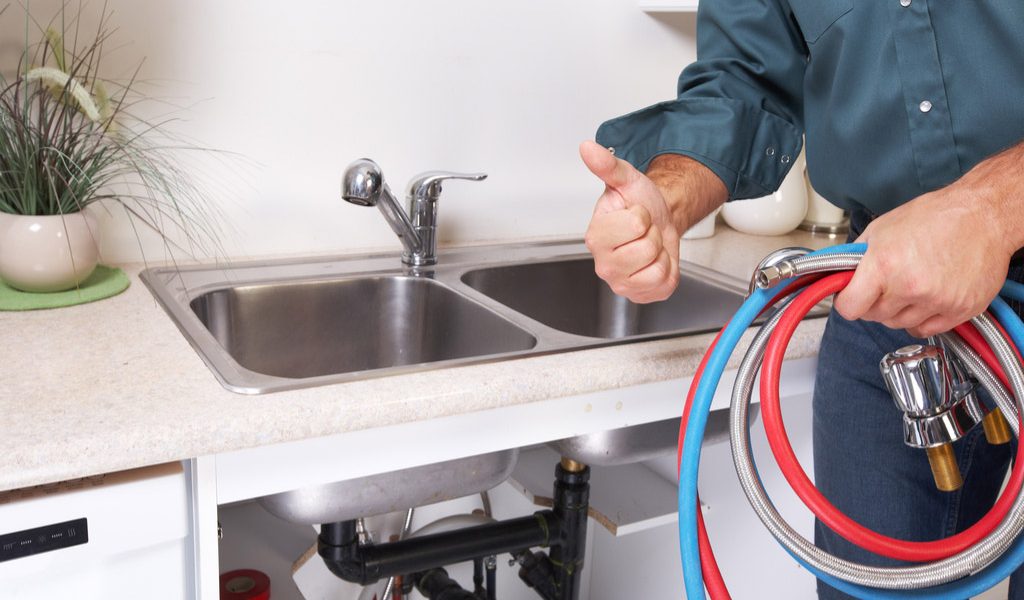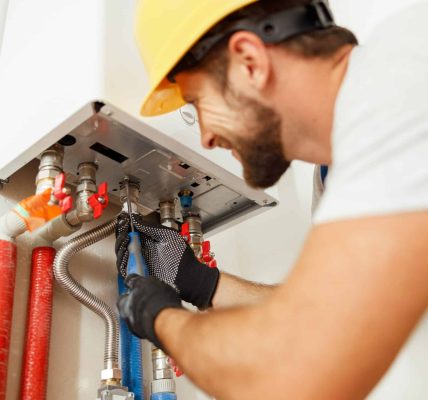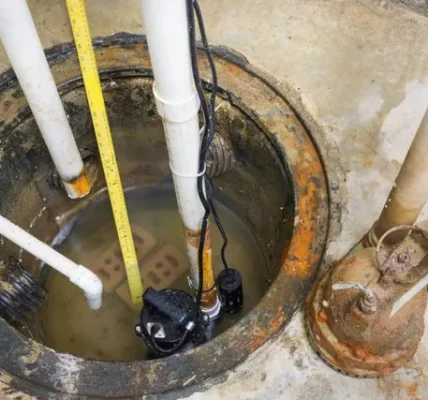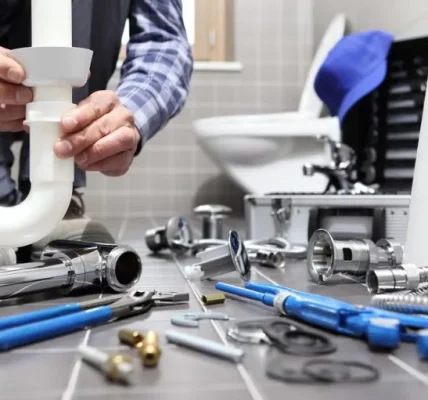Emergency Plumbing Services in Plantation FL situations can be stressful and require prompt action to minimize damage and inconvenience. Here’s a step-by-step guide on how to handle emergency plumbing situations:
Step 1: Assess the Situation
- Stay Calm: Keep a clear head and remain calm. Panicking can hinder your ability to respond effectively.
- Assess the Severity: Determine the severity of the plumbing emergency. Is it a minor leak, a burst pipe, a clogged drain, or a sewage backup?
- Identify the Source: Try to locate the source of the problem. Turn off the water supply if necessary to prevent further damage.
Step 2: Take Immediate Action
- Turn Off the Water: If there’s a major leak or burst pipe, locate the main water shutoff valve and turn off the water supply to the affected area or the entire building.
- Contain the Damage: Use towels, buckets, or containers to contain water leaks and prevent water damage to floors, walls, and belongings.
- Clear the Area: Clear the affected area of any belongings or furniture to prevent further damage and facilitate access for plumbing repairs.
Step 3: Attempt Temporary Fixes
- Apply Temporary Solutions: If possible, attempt temporary fixes to mitigate the problem until a professional plumber arrives. For example, use duct tape or pipe clamps to patch small leaks, or use a plunger or drain snake to clear clogged drains.
- Use Drain Cleaners with Caution: If dealing with a clogged drain, use commercial drain cleaners with caution and follow safety instructions. Avoid mixing different types of drain cleaners, as this can create hazardous fumes.
Step 4: Contact a Professional Plumber
- Call a Licensed Plumber: Contact a licensed and experienced plumber who offers emergency plumbing services. Provide them with details of the emergency and any actions you’ve taken so far.
- Provide Clear Directions: Communicate your location and any specific details about the plumbing emergency to ensure the plumber can respond quickly and effectively.
- Follow Instructions: Follow any instructions provided by the plumber over the phone while waiting for their arrival. They may guide how to further contain the problem or shut off utilities.
Step 5: Document and Communicate
- Document the Damage: Take photos or videos of the plumbing emergency and any damage caused. This documentation may be useful for insurance claims or future repairs.
- Communicate with Others: Inform household members or occupants about the plumbing emergency and any safety precautions they need to take. Keep everyone informed and updated on the situation.
Step 6: Prevent Future Emergencies
- Schedule Regular Maintenance: Schedule regular plumbing inspections and maintenance to identify and address potential issues before they escalate into emergencies.
- Educate Household Members: Educate household members about basic plumbing maintenance practices, such as avoiding flushing non-flushable items down toilets and being mindful of what goes down drains.
Step 7: Follow Up and Review
- Follow Up with the Plumber: Follow up with the plumber after the emergency has been resolved to ensure the repairs were completed satisfactorily and discuss any preventative measures or future recommendations.
- Review and Learn: Take the time to review the emergency response process and identify areas for improvement. Use the experience to better prepare for and handle future plumbing emergencies.
By following these steps and acting quickly and decisively during a plumbing emergency, you can minimize damage, ensure safety, and facilitate effective repairs. Always prioritize safety and seek professional assistance when needed.




